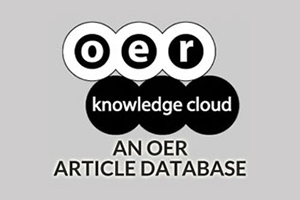Public Response to “the MOOC Movement” in China: Examining the Time Series of Microblogging
DOI:
https://doi.org/10.19173/irrodl.v16i5.2244Keywords:
MOOCs, microblogging, data mining, time series, WeiboAbstract
In China, microblogging is an extremely popular activity and is proving to be an effective mechanism to gauge perceptions about social phenomena. Between 2010 and 2015 Sina Weibo, China’s largest microblogging website, generated 95,015 postings from 62,074 users referencing the term massive open online courses (MOOCs), a method of online course delivery popularized in North America that has spread globally. Time series analyses revealed distinct patterns in the volume of postings during a four-year period, and subsequently by month, by week, and by the time of day. The volume of postings during the week, for example, peaked on Monday and declined daily to a low point on Saturday. Relative to maximizing learner engagement, the findings may provide insight to parties who deliver MOOCs to employ or test strategies on timing (i.e., time of year to offer/not offer a MOOC, time of week to release/not release new material, time of day to schedule/not schedule chat sessions). The paper also serves to demonstrate a mechanism to retrieve big data from social media sources, otherwise underutilized in educational research.
Published
How to Cite
Issue
Section
License
This work is licensed under a Creative Commons Attribution 4.0 International License. The copyright for all content published in IRRODL remains with the authors.
This copyright agreement and usage license ensure that the article is distributed as widely as possible and can be included in any scientific or scholarly archive.
You are free to
- Share — copy and redistribute the material in any medium or format
- Adapt — remix, transform, and build upon the material for any purpose, even commercially.
The licensor cannot revoke these freedoms as long as you follow the license terms below:
- Attribution — You must give appropriate credit, provide a link to the license, and indicate if changes were made. You may do so in any reasonable manner, but not in any way that suggests the licensor endorses you or your use.
- No additional restrictions — You may not apply legal terms or technological measures that legally restrict others from doing anything the license permits.







